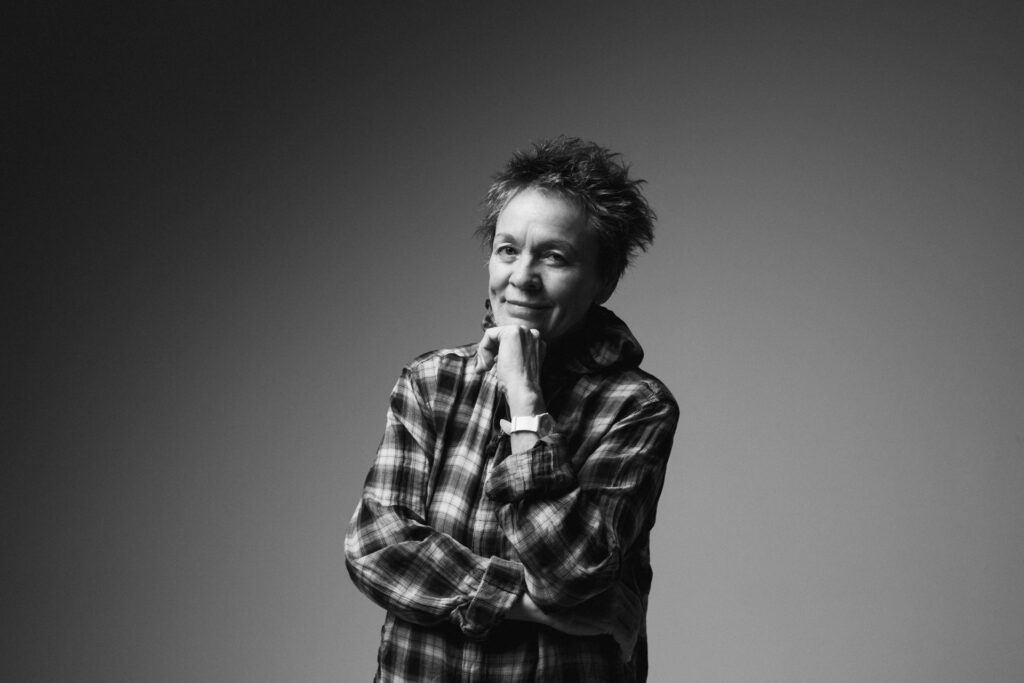Laurie Anderson is one of America’s most renowned and daring creative pioneers. Best known for her multimedia presentations, innovative use of technology and first-person style, she is a writer, director, visual artist and vocalist who has created groundbreaking works that span the worlds of art, theater, and experimental music.
Her recording career includes many records released by Warner Records and Nonesuch from
“Big Science” (1981) to the Grammy winning “Landfall” (2018).
She has performed music and toured worldwide with many of her own groups and bands and composed several orchestra works,. Anderson’s live shows range from spoken word works to multi- faceted multimedia stage performances such as “United States Parts 1-4” (1982) “Stories from the Nerve Bible” (1992) “Songs and Stories for Moby Dick” (1999) “Delusion” (2010) and “Language of the Future” (2017).
In 2002, She was appointed the first artist-in-residence of NASA which culminated in her 2004 solo performance “The End of the Moon”, the second in a series of three “story” performances along with “Happiness” (2001) and “Dirtday” (2012) all of which toured extensively internationally.
Anderson has published eight books and her visual work- major audio-visual installations as well as sculpture and painting- has been presented in museums around the world. She has a long term exhibition at Mass MoCA and her digital and VR collaborations with Hsin-Chien Huang have won awards at both the Venice Film Festival and Cannes Film Festival.
The recipient of numerous honorary doctorates and awards among them Guggenheim Fellowship (1982) and the Dorothy and Lillian Gish Prize (2007) she continues to experiment with many different forms and contexts for her work.
As an activist Anderson has participated in many groups including Women’s Action Coalition and Occupy Art. As a Buddhist she is an active practitioner. She lives and works in New York City and eastern Long Island.



